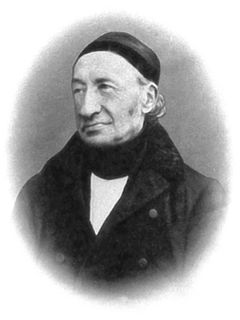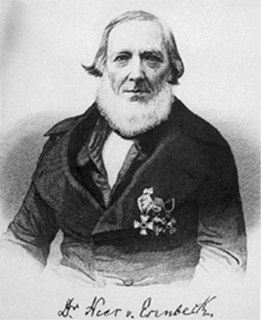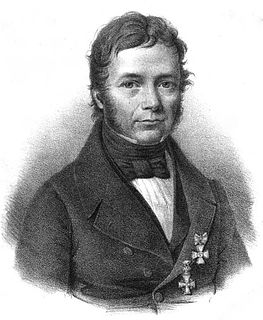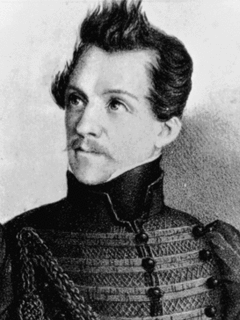| Friedrich Siegmund Voigt | |
|---|---|
| Born | October 1, 1781 Gotha |
| Died | December 10, 1850 |
| Nationality | German |
| Scientific career | |
| Fields | Zoology, Botany |
| Author abbrev. (botany) | F.Voigt |
| Author abbrev. (zoology) | Voigt |

Friedrich Siegmund (Sigismund) Voigt (Voight) (October 1, 1781 – December 10, 1850) was a German zoologist and botanist, with a special interest in spermatophytes. He taught at Jena, where he translated Georges Cuvier's Le Règne Animal (1817), and was the director of the Jena Botanical Gardens (from 1807 to 1850) [1] and the Museum of Zoology.

Jena is a German university city and the second largest city in Thuringia. Together with the nearby cities of Erfurt and Weimar, it forms the central metropolitan area of Thuringia with approximately 500,000 inhabitants, while the city itself has a population of about 110,000. Jena is a centre of education and research; the Friedrich Schiller University was founded in 1558 and had 18,000 students in 2017 and the Ernst-Abbe-Fachhochschule Jena counts another 5,000 students. Furthermore, there are many institutes of the leading German research societies.
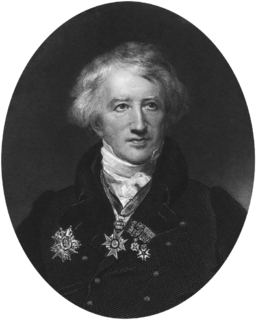
Jean Léopold Nicolas Frédéric, Baron Cuvier, known as Georges Cuvier, was a French naturalist and zoologist, sometimes referred to as the "founding father of paleontology". Cuvier was a major figure in natural sciences research in the early 19th century and was instrumental in establishing the fields of comparative anatomy and paleontology through his work in comparing living animals with fossils.

The Botanischer Garten Jena is the second oldest botanical garden in Germany, maintained by the University of Jena and located at Fürstengraben 26, Jena, Thuringia, Germany. It is open daily; an admission fee is charged.
Contents
He proposed a classification of the animal kingdom with nine classes, based on body structure, such as those that are soft and gelatinous, those that are articulated and have an exoskeleton, and those that have an endoskeleton.
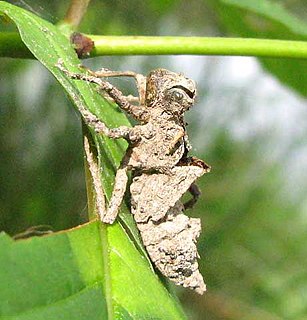
An exoskeleton is the external skeleton that supports and protects an animal's body, in contrast to the internal skeleton (endoskeleton) of, for example, a human. In usage, some of the larger kinds of exoskeletons are known as "shells". Examples of animals with exoskeletons include insects such as grasshoppers and cockroaches, and crustaceans such as crabs and lobsters. The shells of certain sponges and the various groups of shelled molluscs, including those of snails, clams, tusk shells, chitons and nautilus, are also exoskeletons. Some animals, such as the tortoise, have both an endoskeleton and an exoskeleton.
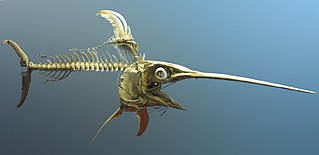
An endoskeleton is an internal support structure of an animal, composed of mineralized tissue.


